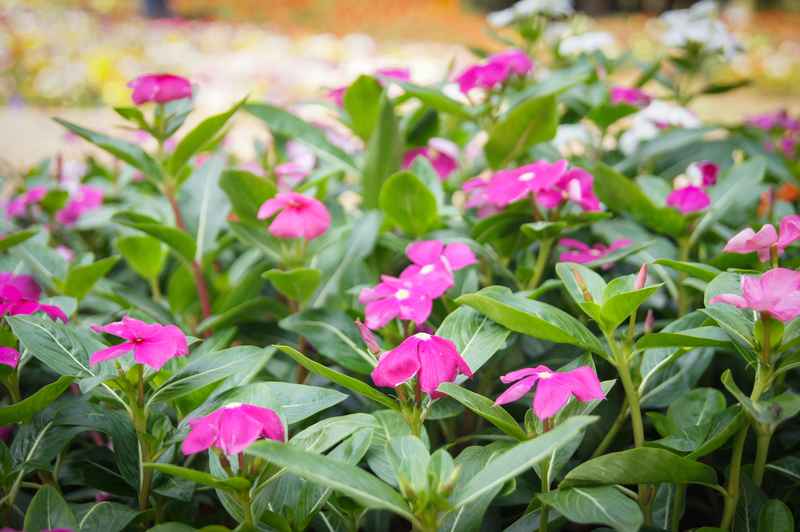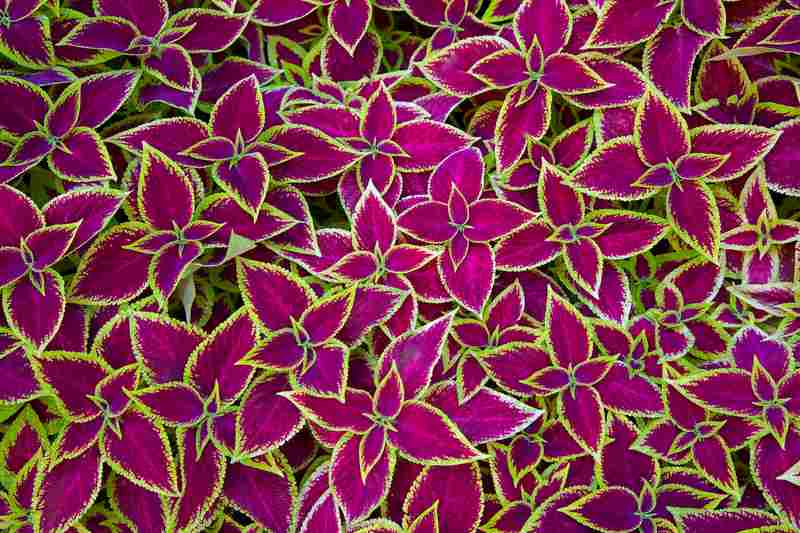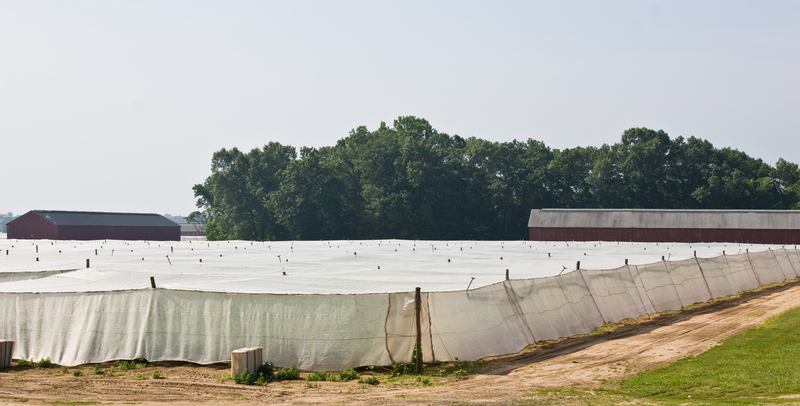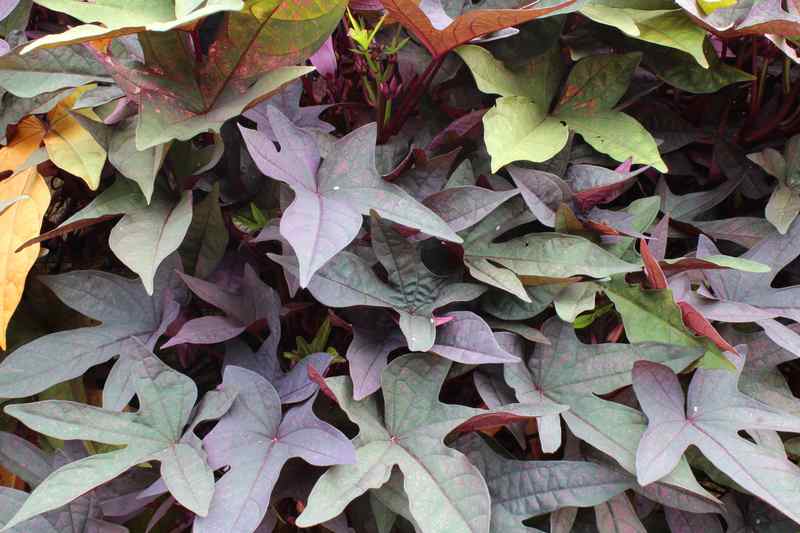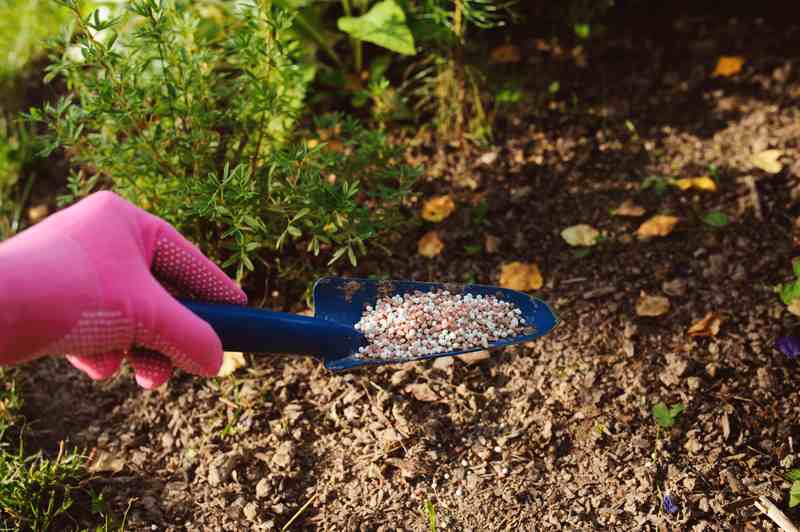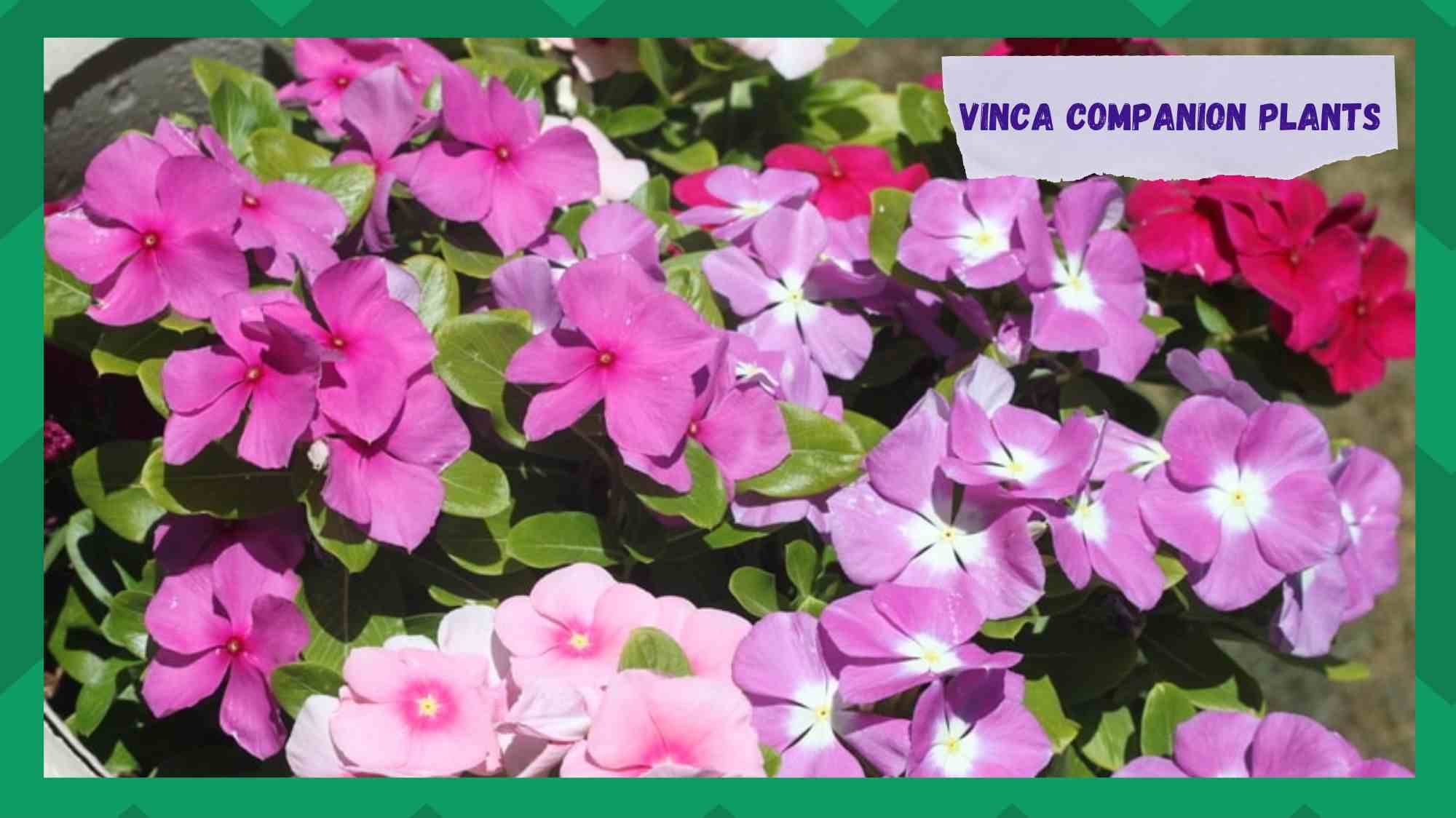
The hardy, evergreen vinca is loved for its glossy, leathery leaves that maintain their shape all year long. No doubt, vinca looks great. However, growing it with companion plants can further enhance the beauty of your yard. Not only that, but they will also provide support and shelter to your vinca plant.
So, which plants can accompany your Vinca? And more importantly, how to grow those companion plants? If you want to grow companion plants for vinca, this article is for you. Today, we will discuss some plants that can perfectly complement vinca. Let’s get started without any further ado!
Common Vinca Companion Plants
Here are a few plants that you can grow to accompany vinca.
- Dahlia
The stunning dahlia plant is home to Mexico and Central America and is known for its gorgeous flowers. This flower is associated with sunflowers, daisies, and zinnias as they all belong to the same category of plants, Asteraceae.
The flower’s shape can appear somewhat similar, but you’ll see that the flowers themselves are distinct.
Dahlias are lovely flowers that offer your landscape a distinctive and alluring appearance. The plant is also perennial, so it’s going to serve you for a number of years.
However, you can only do this if you keep up with maintenance over time. The plant could last the user a very long period, depending on how well it maintains health.
So long as you keep this in mind, the flowers will bloom each spring and last you the rest of the season. These complement vinca well because they both need sunlight.
Vincas may be grown in full sun and complete shade, giving users more alternatives. Last but not least, you should know that dahlias are available in a variety of colors, allowing you to choose which ones to plant.
Growing Dahlia
Start by choosing the right place to grow the dahlia plant. Like vinca, dahlia also needs well-drained soil. You can also grow it in a pot, but make sure that the pot has drainage holes.
Without a proper drainage system, water will not escape, and as a result, the roots of your dahlia plant will be soaked in water. This can cause the roots to rot, leading to dehydration in the plant.
Furthermore, dahlia likes to grow in hot conditions. Keep in mind that young plants are more susceptible to frost damage. So, it would be best to plant it after frost. Before planting it, check the soil and make sure it is not dried out. It will take around eight weeks to bloom.
The best thing about dahlia is that it is pretty easy to grow. However, make sure to water it twice a week to ensure its optimal growth. And yes, if it has been infested by insects, consider reaching out to a botanist. Using an insecticide is not recommended as it can kill butterflies and other beneficial insects too.
- Coleus
Coleus is the second kind of plant that complements vinca nicely. There are various varieties of this so that it can be grown as both an annual and a perennial. Remember that the temperature significantly impacts the growth of your plants, and just like every other plant, coleus also requires sunlight to prepare its food.
Your plant will start to die if the temps begin to fall. Your coleus will last years if you set it somewhere where the temperature does not drop much. So, if you live in an area with low temperature, coleus won’t be a good option. The best feature of this plant is that it lacks flowers and has strikingly colored leaves.
The vibrant appearance of the coleus plant will give a distinctive look to your yard. Having these scattered across your property along with vincas all year can be wonderful. All that is required of you is that the plant receives appropriate maintenance.
Growing Coleus
Coleus is a sun-loving plant and requires at least six hours of sunlight to grow properly. So, choose a spot that receives enough sunlight. However, be mindful that direct sunlight can cause sunburn. So, balance is important for its best growth. If you notice a discoloration in its leaves, it could be due to sunburn.
If that’s the case, consider covering your coleus plant with a shade cloth. Shade clothes are usually made of loosely woven polyester, and they let just enough sunlight pass through. This way, you protect them from harsh UV rays while also providing enough sunlight.
Shade clothes come in different degrees. 40% means that the cloth will block out 40% of the sunlight. Clothes of 40-50% degrees are recommended for coleus plants.
- The Sweet Potato Vine
Another plant that can be considered a vinca companion is the sweet potato vine. This plant is ornamental, implying its primary purpose is as a decorative element.
The annual plant produces a variety of leaf shades that you can choose from. These spread like vines across your yard, giving people the choice to utilize them as ground cover for an entire season.
Given this, you might combine the vines with your vinca to enhance the appearance of your garden.
Remember that a warm environment is necessary for these plants to remain healthy. If the vines are properly cared for, they will immediately begin to spread over your garden.
The best thing about the sweet potato vine is that its maintenance requirements are quite similar to vinca plants. Like vinca, the sweet potato vine also thrives in hot weather and is drought-tolerant. Although it can survive without water, it is recommended to water it at least once or twice a week.
Make sure not to overwater your sweet potato vine, as it will also damage the plant and cause its leaves to wilt. It would be a good idea to check the soil before watering it. For this purpose, insert your thumb into the soil. If it feels moist, refrain from watering it.
The sweet potato vine grows pretty quickly. It can grow up to 10 feet long in a single season. Therefore, if your vine is not growing properly, consider fertilizing it.
If it’s your first time, it would be better to consult with a botanist before fertilizing. They will inspect the sweet potato vine and tell you if it really needs fertilizing.
Wrapping Up
You can utilize a variety of other companion plants with your vinca blossoms. The ones stated above, however, are some of the better choices. This is because these and vinca have comparable maintenance procedures. If you choose to plant these beside your vinca, you won’t need to do anything special if you keep this in mind.

